
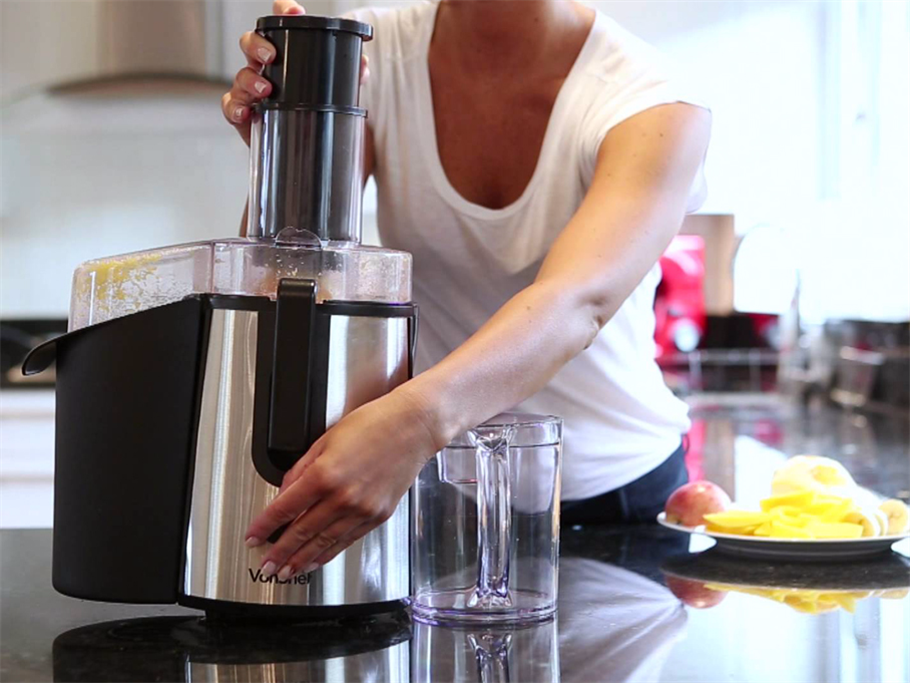
The most-used items in the kitchen of your home are sponge and the sink. The research however says, every other day, these items also serves as a residence to many germs. And it is worth mentioning here that these can cause food poisoning and other illnesses.
The cleanest place may not be the germ free!
A study conducted by a non-profit public health and safety organization, NSF International, stated that where people swabbed different kitchen items they found many of them dirty, containing a range of foodborne illness-causing germs on them, such as, Salmonella, E. Coli, mold, Listeria and yeast. (Around 20% of foodborne-illnesses cases are caused by food consumption in private homes, a research by the U.S. Centers for Disease Control and Prevention.)
1. The mostly used but rarely washed Kitchen Object
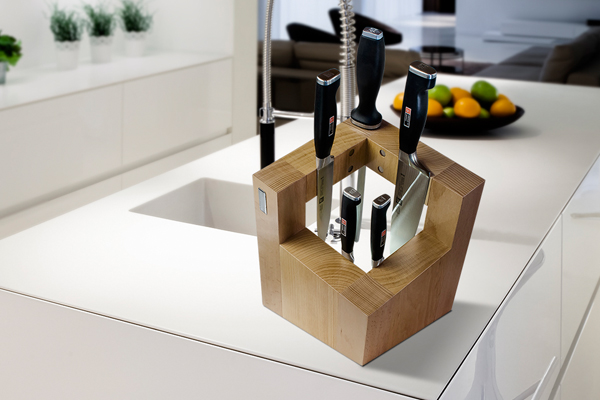
Put your hand on the heart and think, when did you last clean the knife block, if you ever did so?
Cleaning technique; put the knives aside, turn the knife block upside down and shake out to clear the crumbs. (You can also try a compressed air can.) Wash it in soapy water, preferably hot, apply small brush in the slots, just the way you sanitize baby bottle nipples. Soak the block in one gallon of lukewarm tap water mixed with 1 tablespoon of 5.25 percent household bleach. Let it be there for a couple of minutes, after that rinse entire box using clean water and put upside down to let it dry. Prevent germs by cleaning knives and letting them absolutely dry before you place them in the knife block.
2. Vegetable Drawer in Refrigerator
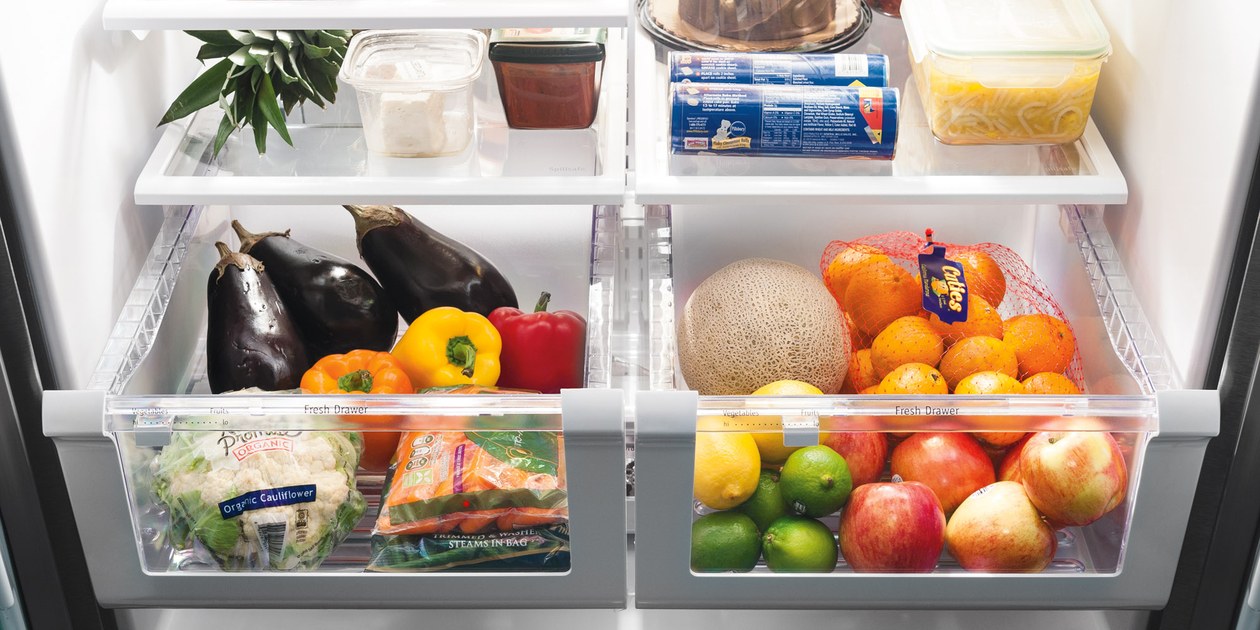
Bacteria like Listeria, yeast, Salmonella, and mold all share the same drawer with your beloved vegetables like cucumbers and carrots. These could affect new, clean and freshman like veggies if you put them in the same drawer. A microbiologist and senior project manager at NSF, Lisa Yakas, reported CBSNews.com.
So, what to do? NSF suggests that once in a month, you should take out the drawer from the fridge and wash it with a mixture of warm water and an anti-bacterial detergent. Use baking soda to get rid of odors. After this washing, let the bin and its place dry thoroughly.
3. Meet your Meat Drawer

You won’t be surprised to know that raw meat welcomes Salmonella, E. Coli, yeast and mold, however, together, both can only make you ill. So, how to regularly give it a cleaning session?
Apply the same cleaning procedure as mentioned for veggie drawer.
4. Juicer Grinder Gasket

Like many others, if you are not following proper cleaning instructions given by manufacturers, then get ready to enjoy bacterial food.
To avoid this all, thoroughly clean your appliance before and after every use. This cleaning should involve removal of the blade and gasket. Put the parts of machine in the dishwasher or wash manually in hot water with the detergent. Let the parts dry completely before you put them back together.
5. Bottle Opener
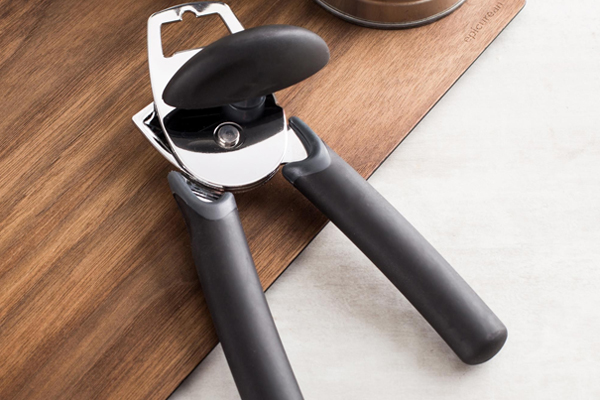
This handy tool is used every day by many people but unfortunately, they throw it back to the drawer and never bother to give it any sort of cleaning, assuming, it doesn’t require any. And that’s how you expose your family to bacteria, yeast and mold.
It’s essentially important to clean the portion where the groove touches the can, also get rid of all food residue. The best option is to get one that’s dishwasher safe and wash after each use.
6. Spatula

Not taking off the spatula tip to wash it can cause food remnants to exist contributing to the growth of disease-causing germs. If your spatula is split able, then remove the tip and clean both pieces thoroughly.
7. Rubber Seal Jars and Containers
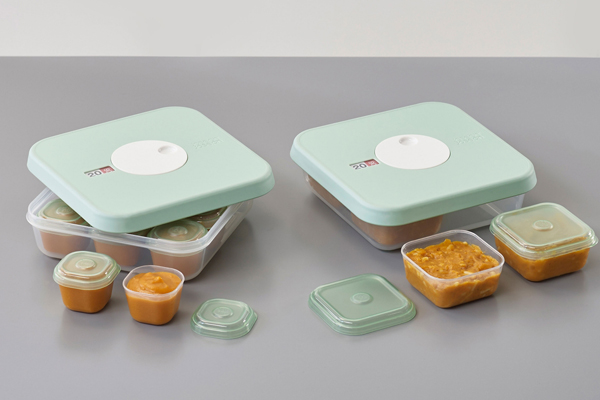
The lunch box in your office sink even if washed everyday allows bacteria to stay.
If your jar, container or boxes are dishwasher safe then wash both including lid and the box thoroughly. When cleaning with hand, be careful around the seal or any grooves where the cover comes in contact with the container.
For more exciting stories, keep visiting: www.mktlist.ca – Canada’s leading platform for buying, selling or renting your property.
Be the first to Comment